当前位置:网站首页>愛可可AI前沿推介(7.6)
愛可可AI前沿推介(7.6)
2022-07-06 21:02:00 【智源社區】
LG - 機器學習 CV - 計算機視覺 CL - 計算與語言 AS - 音頻與語音 RO - 機器人
轉自愛可可愛生活
摘要:神經網絡分布漂移性能預測、語言模型的理由增强集成、具有無分布可靠性保證的推薦系統、延時攝影序列隨機與循環效應的解纏、基於隱式差分的迭代細化算法訓練、生物機器人新興跨學科領域綜述、通過分布式優化實現多肢機器人自由攀爬同時接觸豐富抓取與運動、堅固多功能四足自由攀爬機器人、標簽和文本驅動的對象輻射場
1、[LG] Agreement-on-the-Line: Predicting the Performance of Neural Networks under Distribution Shift
C Baek, Y Jiang, A Raghunathan, Z Kolter
[CMU]
Agreement-on-the-Line:神經網絡分布漂移性能預測。最近,Miller等人錶明,一個模型的分布內(ID)精度與它在幾個OOD基准上的分布外(OOD)精度有很强的線性相關性——他們把這種現象稱為"線上精度(accuracy-on-the-line)"。雖然這是一種選擇模型的有用工具(即最有可能錶現出最佳OOD的模型是具有最高ID精度的模型),但這一事實並不能幫助估計模型的實際OOD性能,因為沒有獲得標注OOD驗證集。本文展示了一種類似但令人驚訝的現象,即神經網絡分類器對間的一致性也是成立的:無論accuracy-on-the-line是否成立,本文觀察到任意兩個神經網絡(具有潜在的不同架構)預測間的OOD一致性也與它們的ID一致性有强烈的線性關系。此外,我們觀察到,OOD vs ID的一致的斜率和偏差與OOD vs ID的精度密切相關。這種現象,稱之為線上一致(agreement-on-the-line),具有重要的實際應用意義:在沒有任何標注數據的情况下,可以預測分類器的OOD精度,因為OOD一致可以用未標注數據來估計。該預測算法在agreement-on-the-line成立的漂移中,以及令人驚訝的,在精度不在線上的情况下,都優於之前的方法。這一現象也為深度神經網絡提供了新的見解:與accuracy-on-the-line不同,agreement-on-the-line似乎只對神經網絡分類器成立。
Recently, Miller et al. [56] showed that a model’s in-distribution (ID) accuracy has a strong linear correlation with its out-of-distribution (OOD) accuracy on several OOD benchmarks — a phenomenon they dubbed “accuracy-on-the-line”. While a useful tool for model selection (i.e., the model most likely to perform the best OOD is the one with highest ID accuracy), this fact does not help estimate the actual OOD performance of models without access to a labeled OOD validation set. In this paper, we show a similar but surprising phenomenon also holds for the agreement between pairs of neural network classifiers: whenever accuracyon-the-line holds, we observe that the OOD agreement between the predictions of any two pairs of neural networks (with potentially different architectures) also observes a strong linear correlation with their ID agreement. Furthermore, we observe that the slope and bias of OOD vs ID agreement closely matches that of OOD vs ID accuracy. This phenomenon, which we call agreement-on-the-line, has important practical applications: without any labeled data, we can predict the OOD accuracy of classifiers, since OOD agreement can be estimated with just unlabeled data. Our prediction algorithm outperforms previous methods both in shifts where agreement-on-the-line holds and, surprisingly, when accuracy is not on the line. This phenomenon also provides new insights into deep neural networks: unlike accuracy-on-the-line, agreement-on-the-line appears to only hold for neural network classifiers.
https://arxiv.org/abs/2206.13089

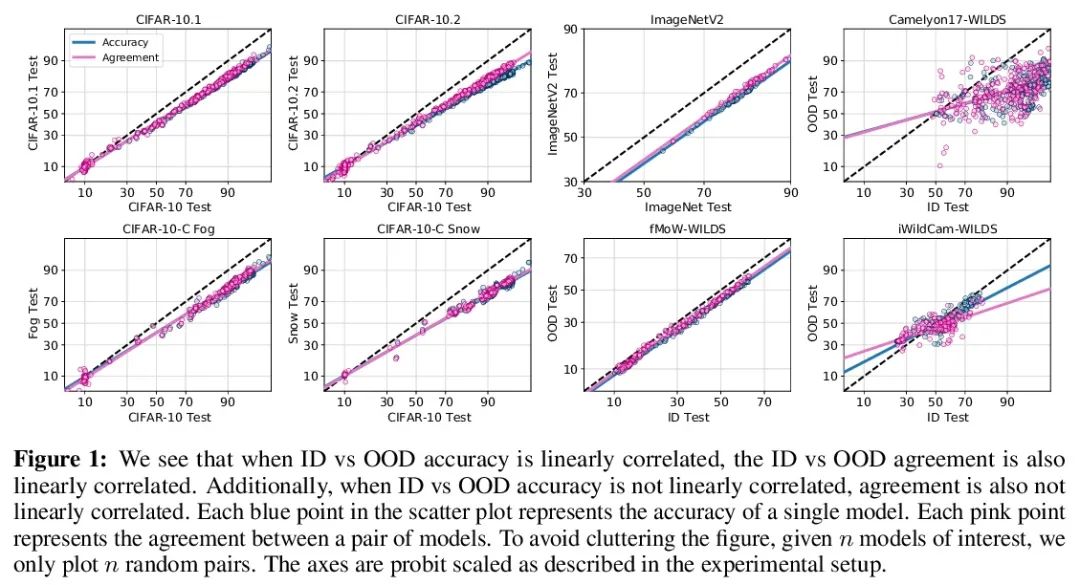

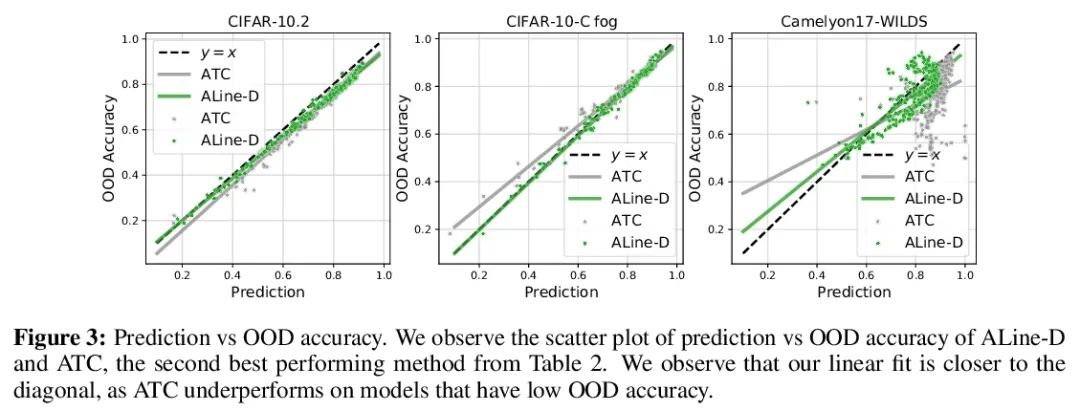
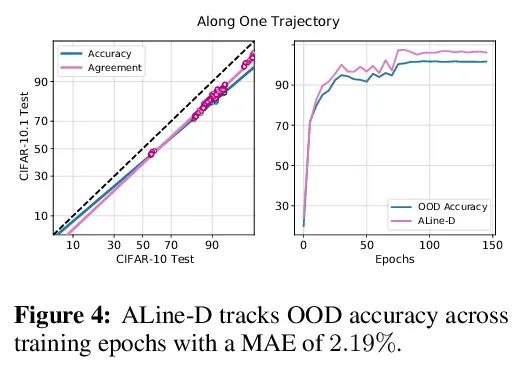
2、[CL] Rationale-Augmented Ensembles in Language Models
X Wang, J Wei, D Schuurmans, Q Le, E Chi, D Zhou
[Google Research]
語言模型的理由增强集成。最近的研究錶明,理由,或一步步的思維鏈,可以用來提高多步推理任務的錶現。本文重新考慮了理性增强的提示方式,用於少樣本上下文學習,其中(輸入→輸出)提示被擴展為(輸入、理由→輸出)提示。對於理由增强的提示,證明了現有的依賴於人工提示工程的方法是如何受制於可能損害性能的次優理由的。為了减輕這種脆性,本文提出一種統一的理由增强集成框架,將輸出空間中的理由抽樣確定為魯棒地提高性能的關鍵部分。該框架是通用的,可以很容易地擴展到常見的自然語言處理任務,即使是那些傳統上不利用中間步驟的任務,如問答、詞義消歧和情感分析。與現有的提示方法——包括沒有理由的標准提示和基於理由的思維鏈提示——相比,理由增强的集成能取得更准確和可解釋的結果,同時通過相關的理由提高模型預測的可解釋性。
Recent research has shown that rationales, or step-by-step chains of thought, can be used to improve performance in multi-step reasoning tasks. We reconsider rationale-augmented prompting for few-shot in-context learning, where (input → output) prompts are expanded to (input, rationale → output) prompts. For rationale-augmented prompting we demonstrate how existing approaches, which rely on manual prompt engineering, are subject to sub-optimal rationales that may harm performance. To mitigate this brittleness, we propose a unified framework of rationale-augmented ensembles, where we identify rationale sampling in the output space as the key component to robustly improve performance. This framework is general and can easily be extended to common natural language processing tasks, even those that do not traditionally leverage intermediate steps, such as question answering, word sense disambiguation, and sentiment analysis. We demonstrate that rationale-augmented ensembles achieve more accurate and interpretable results than existing prompting approaches—including standard prompting without rationales and rationale-based chain-of-thought prompting—while simultaneously improving interpretability of model predictions through the associated rationales.
https://arxiv.org/abs/2207.00747

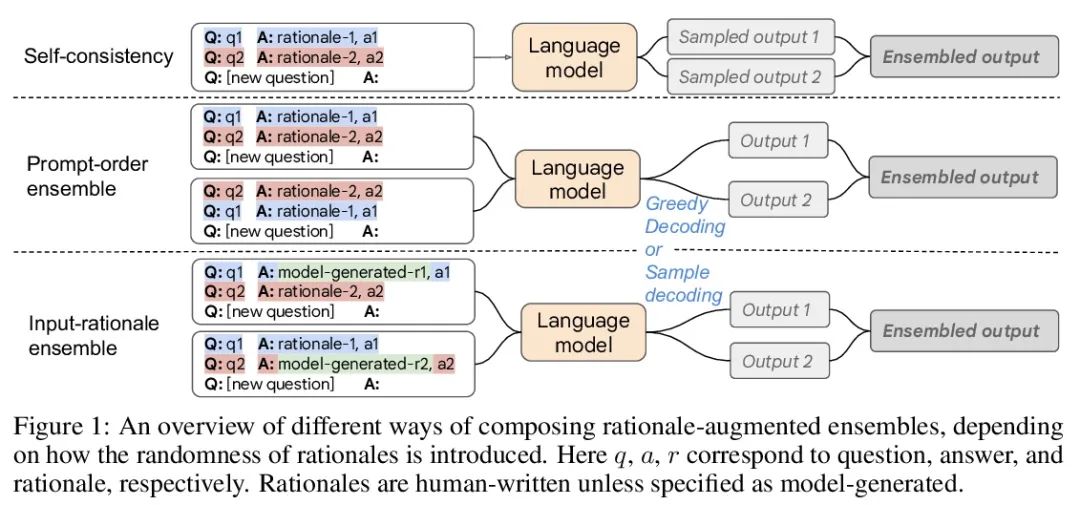


3、[IR] Recommendation Systems with Distribution-Free Reliability Guarantees
A N. Angelopoulos, K Krauth, S Bates, Y Wang, M I. Jordan
[UC Berkeley]
具有無分布可靠性保證的推薦系統。建立推薦系統時,總是試圖向用戶輸出一組有幫助的項目。在系統背後,一個排名模型預測兩個候選項目哪個更好,必須將這些成對的比較提煉成面向用戶的輸出。然而,一個學習得到的排名模型從來都不是完美的,因此,其預測從錶面上看不能保證面向用戶的輸出是可靠的。從一個預訓練的排名模型出發,本文展示了如何返回一個嚴格保證包含大部分好項目的項目集合。該程序賦予任何排名模型以嚴格錯誤發現率(FDR)的有限樣本控制,無論(未知)數據分布如何。此外,所提出的校准算法使推薦系統中多個目標的整合變得簡單而有原則。作為例子,本文展示了如何在用戶指定的FDR控制水平下優化推薦多樣性,避免了指定多樣性損失與精度損失的特殊權重。在整個過程中,專注於學習對一組可能的推薦進行排名的問題,在Yahoo! Learning to Rank和MSMarco數據集上評估了所提出的方法。
When building recommendation systems, we seek to output a helpful set of items to the user. Under the hood, a ranking model predicts which of two candidate items is better, and we must distill these pairwise comparisons into the user-facing output. However, a learned ranking model is never perfect, so taking its predictions at face value gives no guarantee that the user-facing output is reliable. Building from a pre-trained ranking model, we show how to return a set of items that is rigorously guaranteed to contain mostly good items. Our procedure endows any ranking model with rigorous finite-sample control of the false discovery rate (FDR), regardless of the (unknown) data distribution. Moreover, our calibration algorithm enables the easy and principled integration of multiple objectives in recommender systems. As an example, we show how to optimize for recommendation diversity subject to a user-specified level of FDR control, circumventing the need to specify ad hoc weights of a diversity loss against an accuracy loss. Throughout, we focus on the problem of learning to rank a set of possible recommendations, evaluating our methods on the Yahoo! Learning to Rank and MSMarco datasets.
https://arxiv.org/abs/2207.01609
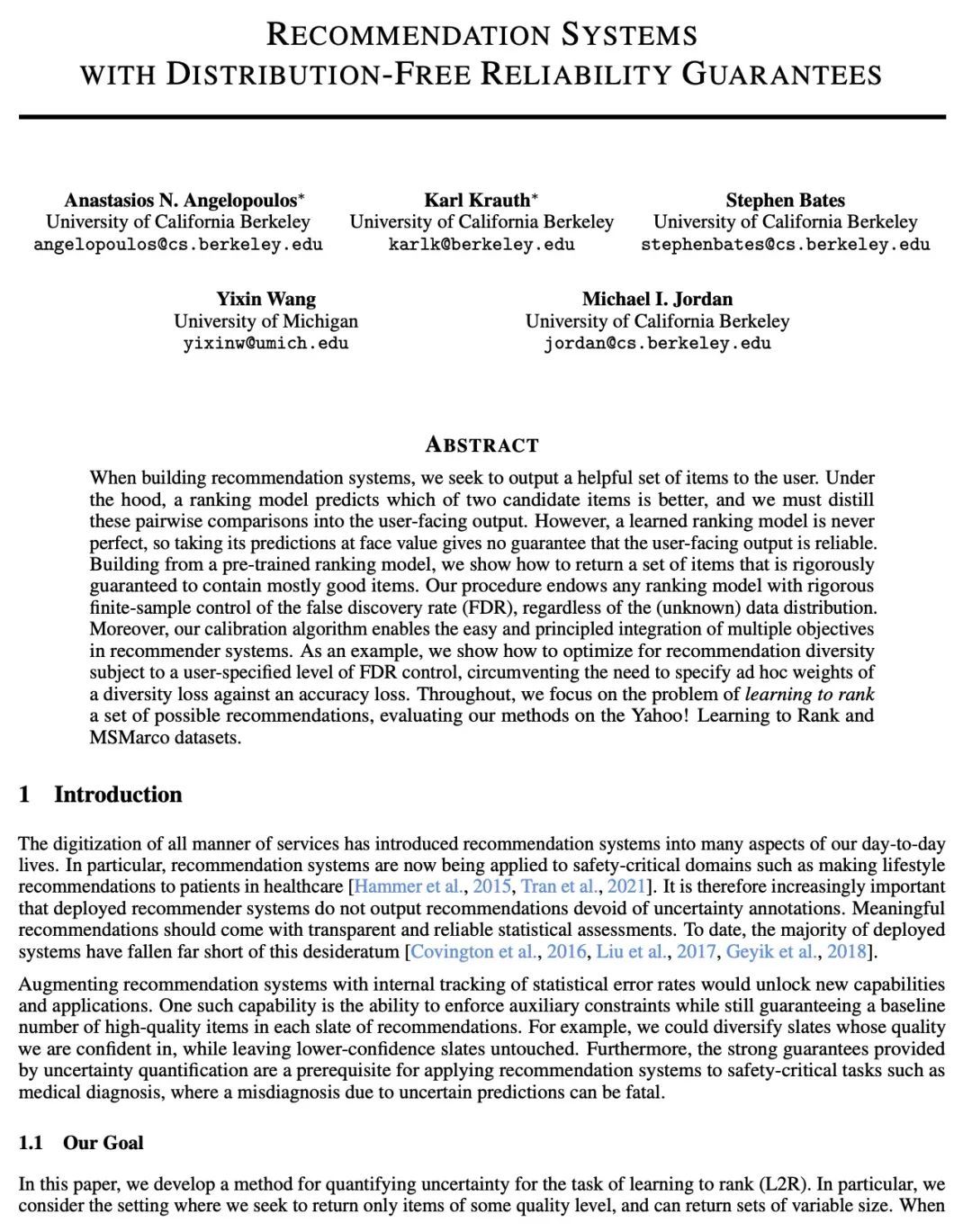

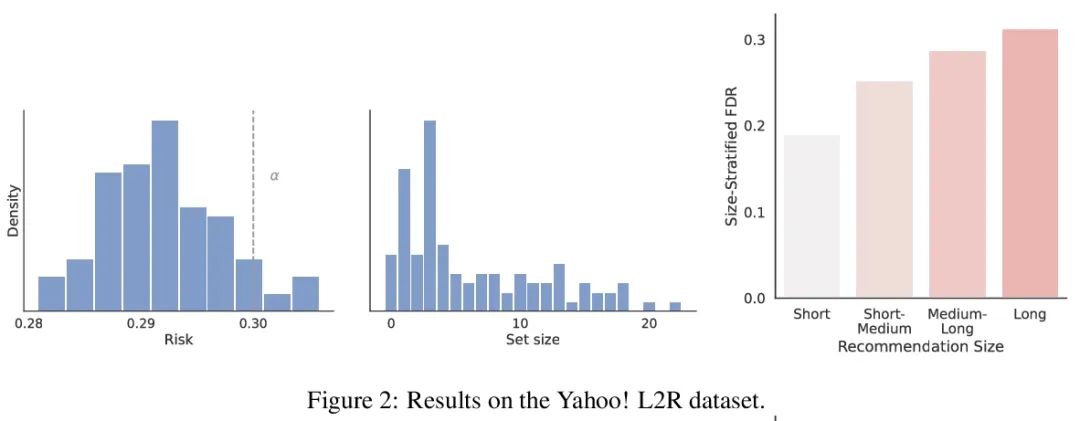
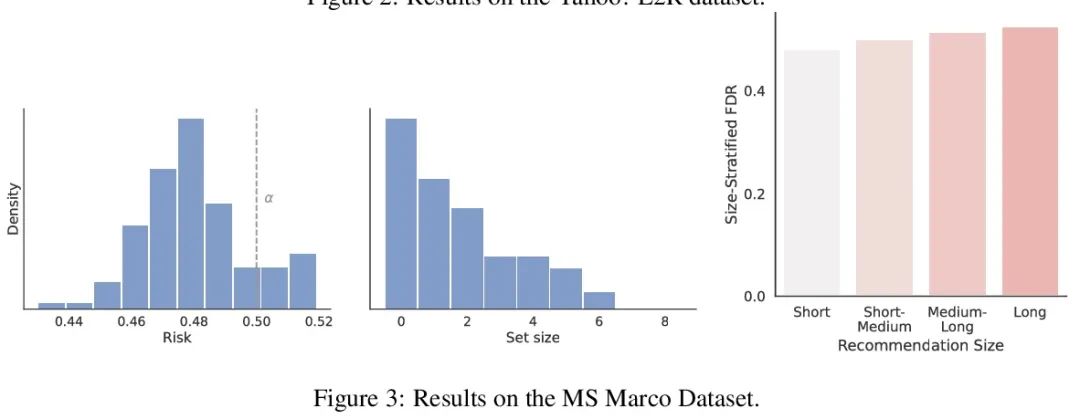

4、[CV] Disentangling Random and Cyclic Effects in Time-Lapse Sequences
E Härkönen, M Aittala, T Kynkäänniemi, S Laine, T Aila, J Lehtinen
[Aalto University & NVIDIA]
延時攝影序列隨機與循環效應的解纏。延時攝影序列提供了視覺上令人信服的對動態過程的洞察,這些過程太慢,無法實時觀察。然而,由於隨機效應(如天氣)和周期效應(如晝夜循環)的影響,以視頻形式回放一個長的延時攝影序列往往會導致幹擾性的閃爍。本文提出延時序列解纏問題,允許對圖像中的整體趨勢、周期性效應和隨機效應進行單獨的事後控制,並描述了一種基於數據驅動的生成模型的技術來實現這一目標。能以單獨輸入圖像不可能實現的方式"重渲染"序列。例如,可以穩定一個長序列,在可選擇的、一致的天氣下,關注植物在多個月內的生長。所提出方法是基於生成對抗網絡(GAN),以延時攝影序列的時間坐標為條件。其結構和訓練程序是這樣設計的:網絡學會使用GAN的潜空間來模擬隨機變化,如天氣,並通過用具有特定頻率的傅裏葉特征向模型提供條件時間標簽,來區分總體趨勢和周期性變化。實驗錶明,所提出模型對訓練數據中的缺陷具有魯棒性,能修正捕捉長延時序列的一些實際困難,如臨時遮擋、不均勻的幀間隔和幀缺失。
Time-lapse image sequences offer visually compelling insights into dynamic processes that are too slow to observe in real time. However, playing a long time-lapse sequence back as a video often results in distracting flicker due to random effects, such as weather, as well as cyclic effects, such as the day-night cycle. We introduce the problem of disentangling time-lapse sequences in a way that allows separate, after-the-fact control of overall trends, cyclic effects, and random effects in the images, and describe a technique based on data-driven generative models that achieves this goal. This enables us to "re-render" the sequences in ways that would not be possible with the input images alone. For example, we can stabilize a long sequence to focus on plant growth over many months, under selectable, consistent weather. Our approach is based on Generative Adversarial Networks (GAN) that are conditioned with the time coordinate of the time-lapse sequence. Our architecture and training procedure are designed so that the networks learn to model random variations, such as weather, using the GAN's latent space, and to disentangle overall trends and cyclic variations by feeding the conditioning time label to the model using Fourier features with specific frequencies. We show that our models are robust to defects in the training data, enabling us to amend some of the practical difficulties in capturing long time-lapse sequences, such as temporary occlusions, uneven frame spacing, and missing frames.
https://arxiv.org/abs/2207.01413

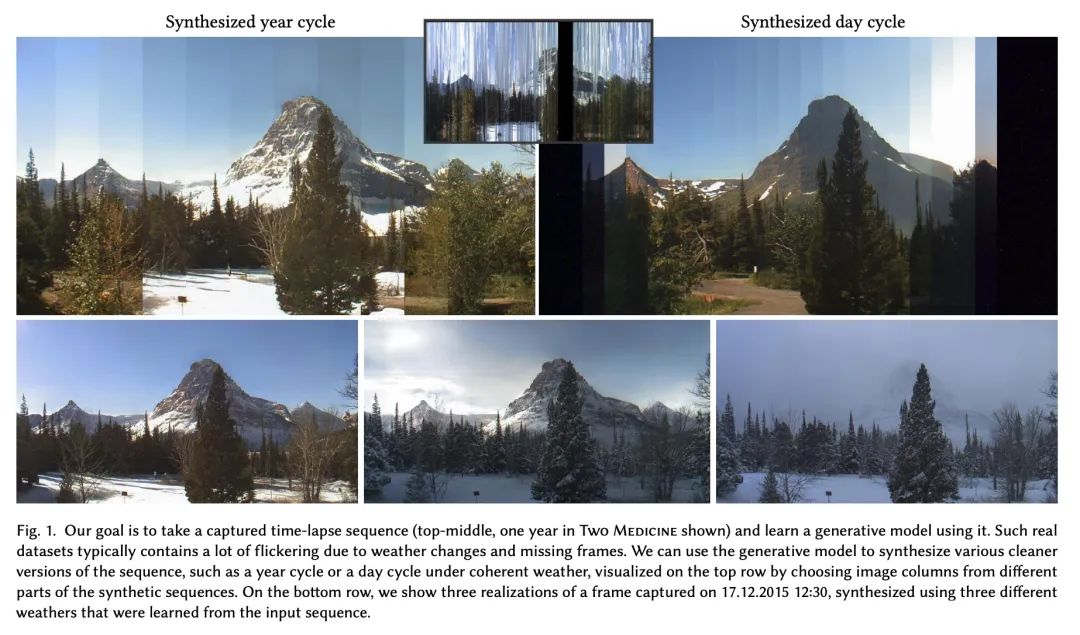

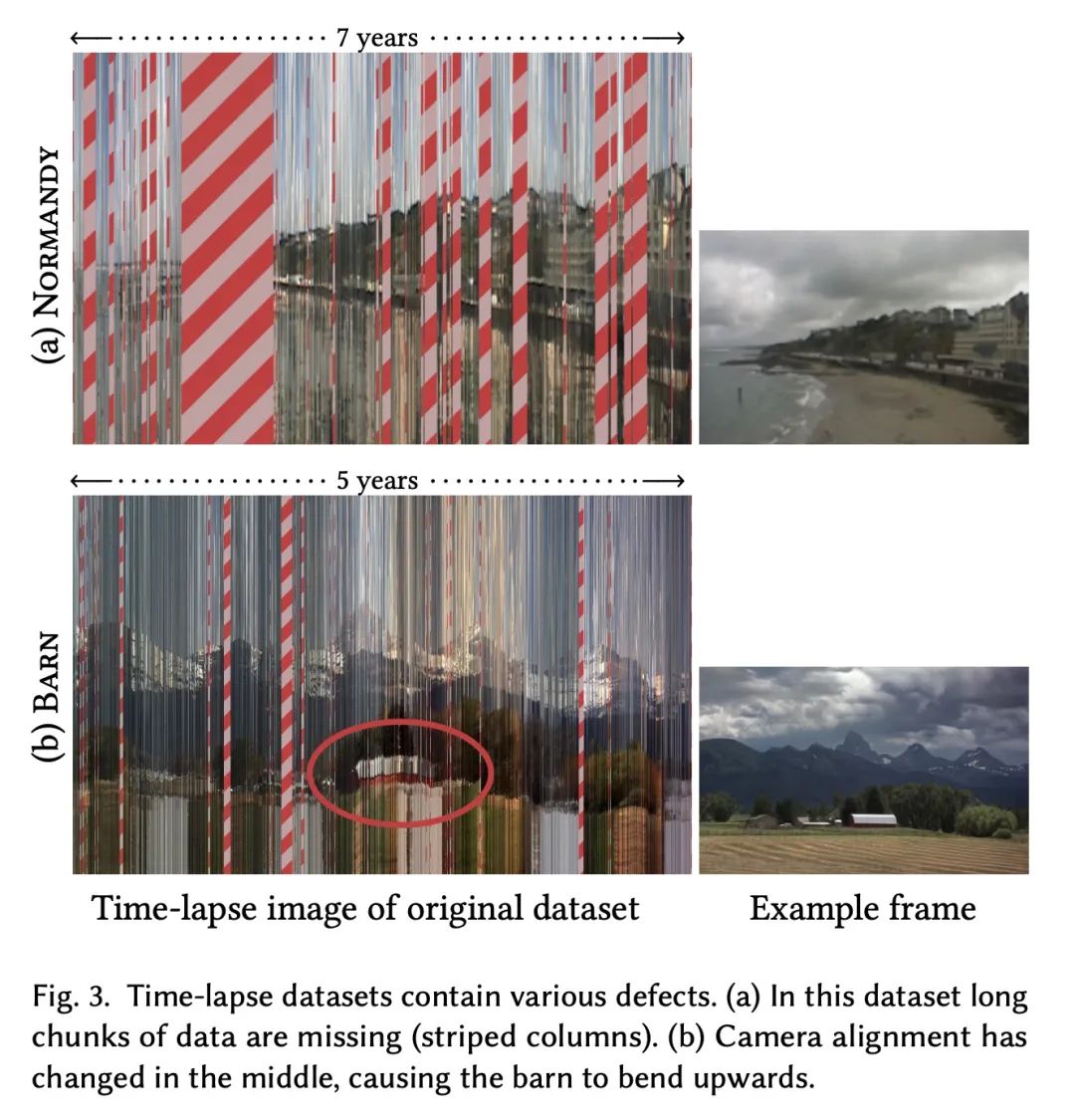
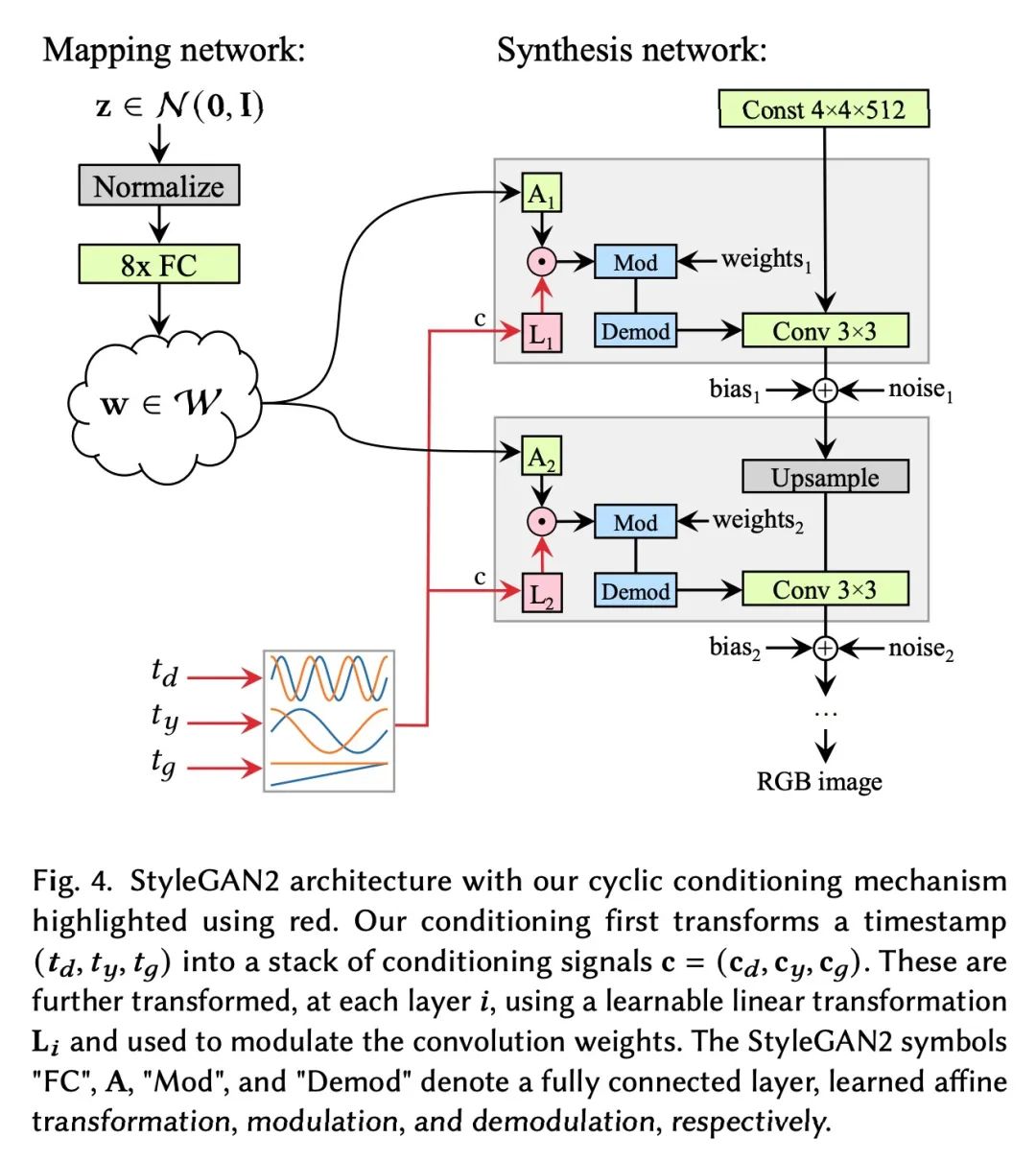
5、[LG] Object Representations as Fixed Points: Training Iterative Refinement Algorithms with Implicit Differentiation
M Chang, T L. Griffiths, S Levine
[UC Berkeley & Princeton University]
定點對象錶示:基於隱式差分的迭代細化算法訓練。迭代改進——從隨機猜測開始,然後迭代改進猜測——是一種有用的錶示學習範式,提供了一種方法來打破對數據同樣合理的解釋間的對稱性。這一特性使得該方法能應用於推斷實體集合的錶示,如物理場景中的物體,在結構上類似於潜空間中的聚類算法。然而,大多數之前的工作是通過松散細化過程來微分,這可能會使優化具有挑戰性。本文觀察到通過隱函數定理該方法可變得可微,並開發了一種隱式微分的方法,通過解耦前向和後向,提高訓練的穩定性和可操作性。這種聯系使得能應用優化隱含層的進展,不僅改善了SLATE中槽注意力模塊的優化——一種最先進的實體錶示學習方法——而且在反向傳播的空間和時間複雜度不變的情况下,只需增加一行代碼就能做到。
Iterative refinement – start with a random guess, then iteratively improve the guess – is a useful paradigm for representation learning because it offers a way to break symmetries among equally plausible explanations for the data. This property enables the application of such methods to infer representations of sets of entities, such as objects in physical scenes, structurally resembling clustering algorithms in latent space. However, most prior works differentiate through the unrolled refinement process, which can make optimization challenging. We observe that such methods can be made differentiable by means of the implicit function theorem, and develop an implicit differentiation approach that improves the stability and tractability of training by decoupling the forward and backward passes. This connection enables us to apply advances in optimizing implicit layers to not only improve the optimization of the slot attention module in SLATE, a state-of-the-art method for learning entity representations, but do so with constant space and time complexity in backpropagation and only one additional line of code.
https://arxiv.org/abs/2207.00787

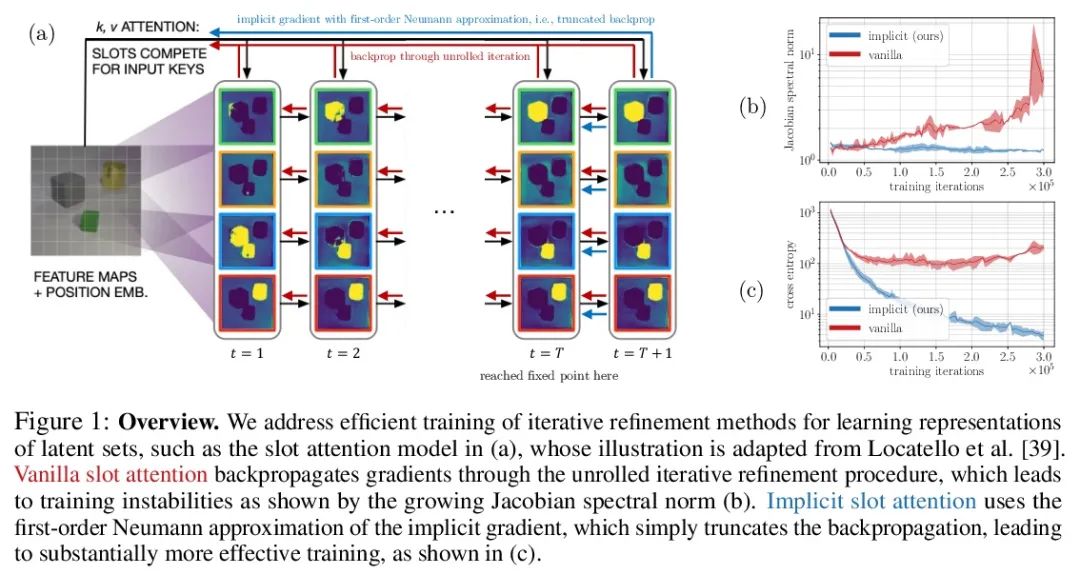


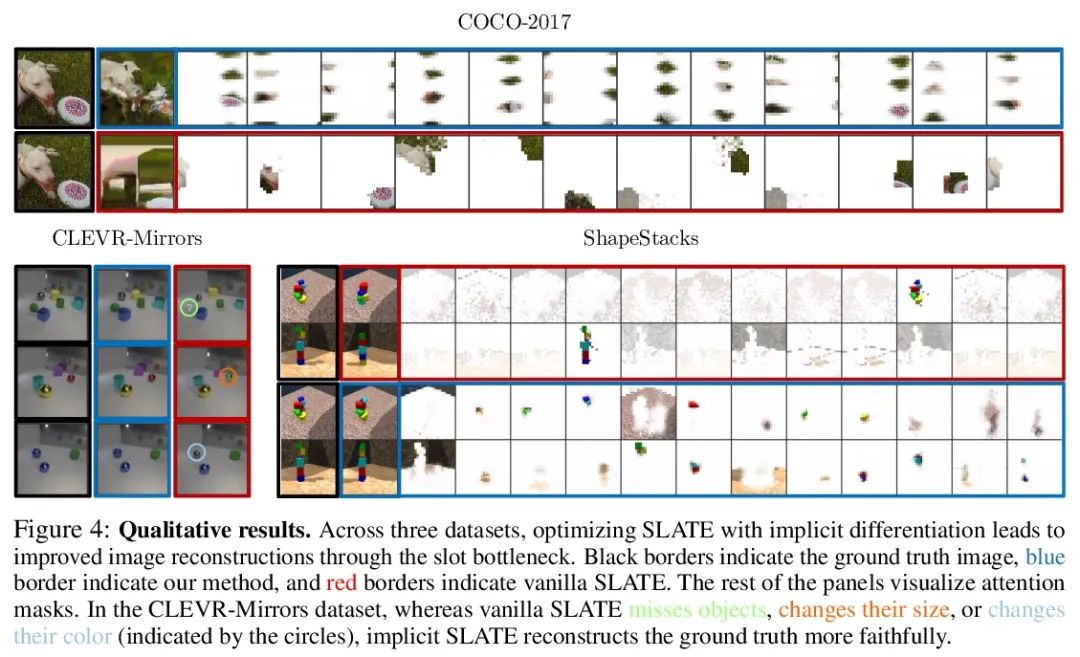
另外幾篇值得關注的論文:
[RO] Biological Robots: Perspectives on an Emerging Interdisciplinary Field
生物機器人:新興跨學科領域綜述
D. Blackiston, S. Kriegman, J. Bongard, M. Levin
[Tufts University & University of Vermont]
https://arxiv.org/abs/2207.00880
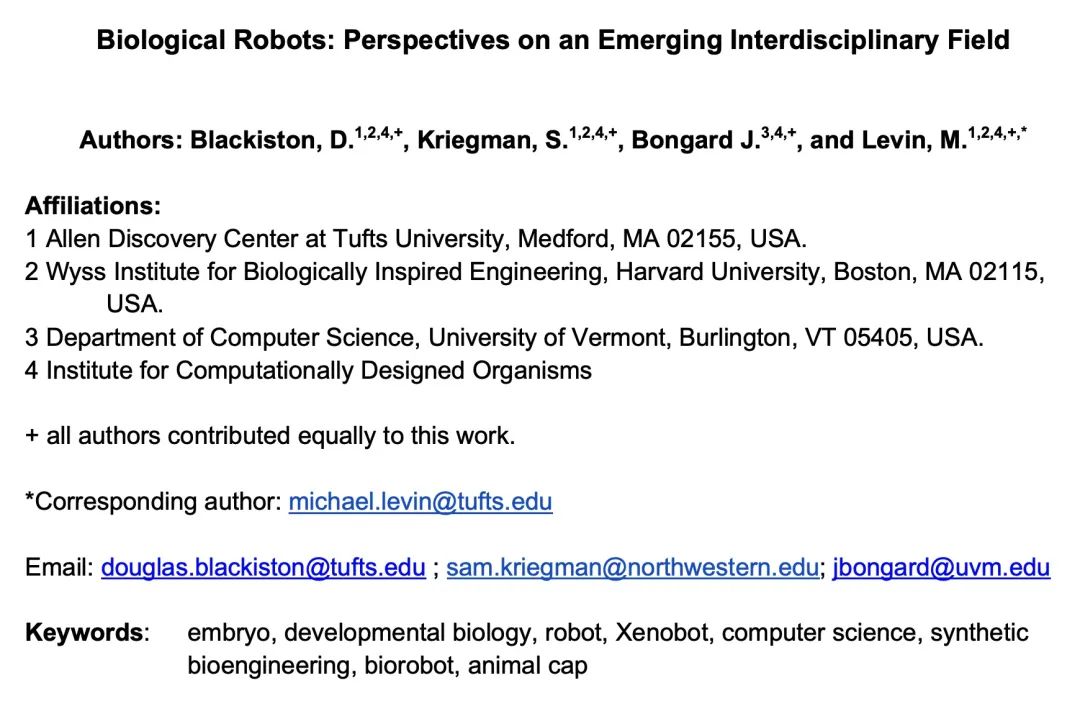
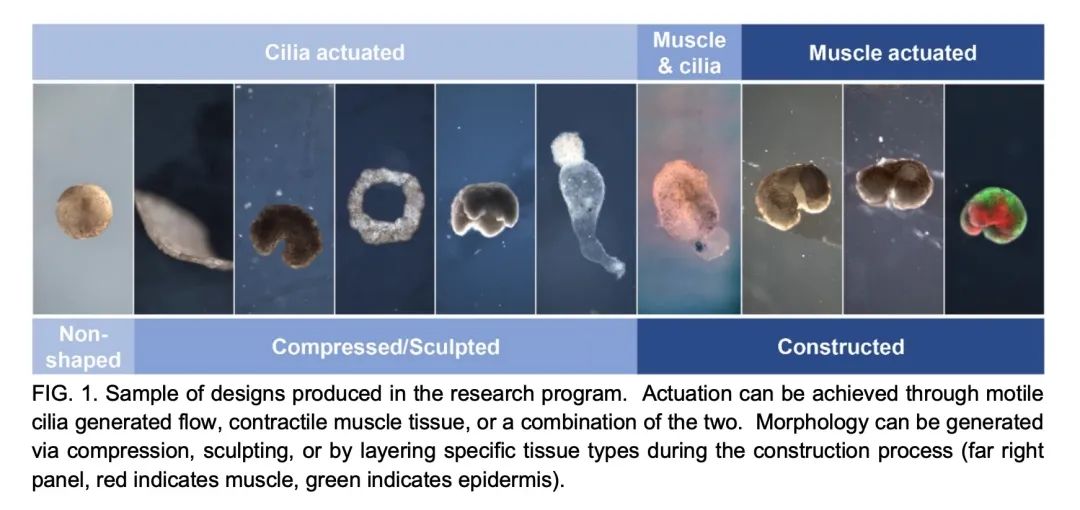
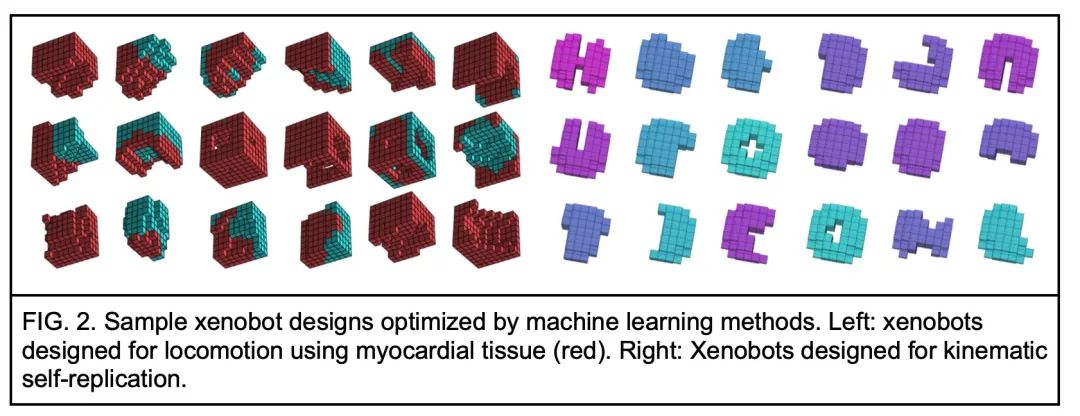

[RO] Simultaneous Contact-Rich Grasping and Locomotion via Distributed Optimization Enabling Free-Climbing for Multi-Limbed Robots
通過分布式優化實現多肢機器人自由攀爬同時接觸豐富抓取與運動
Y Shirai, X Lin, A Schperberg, Y Tanaka...
[University of California, Los Angeles]
https://arxiv.org/abs/2207.01418
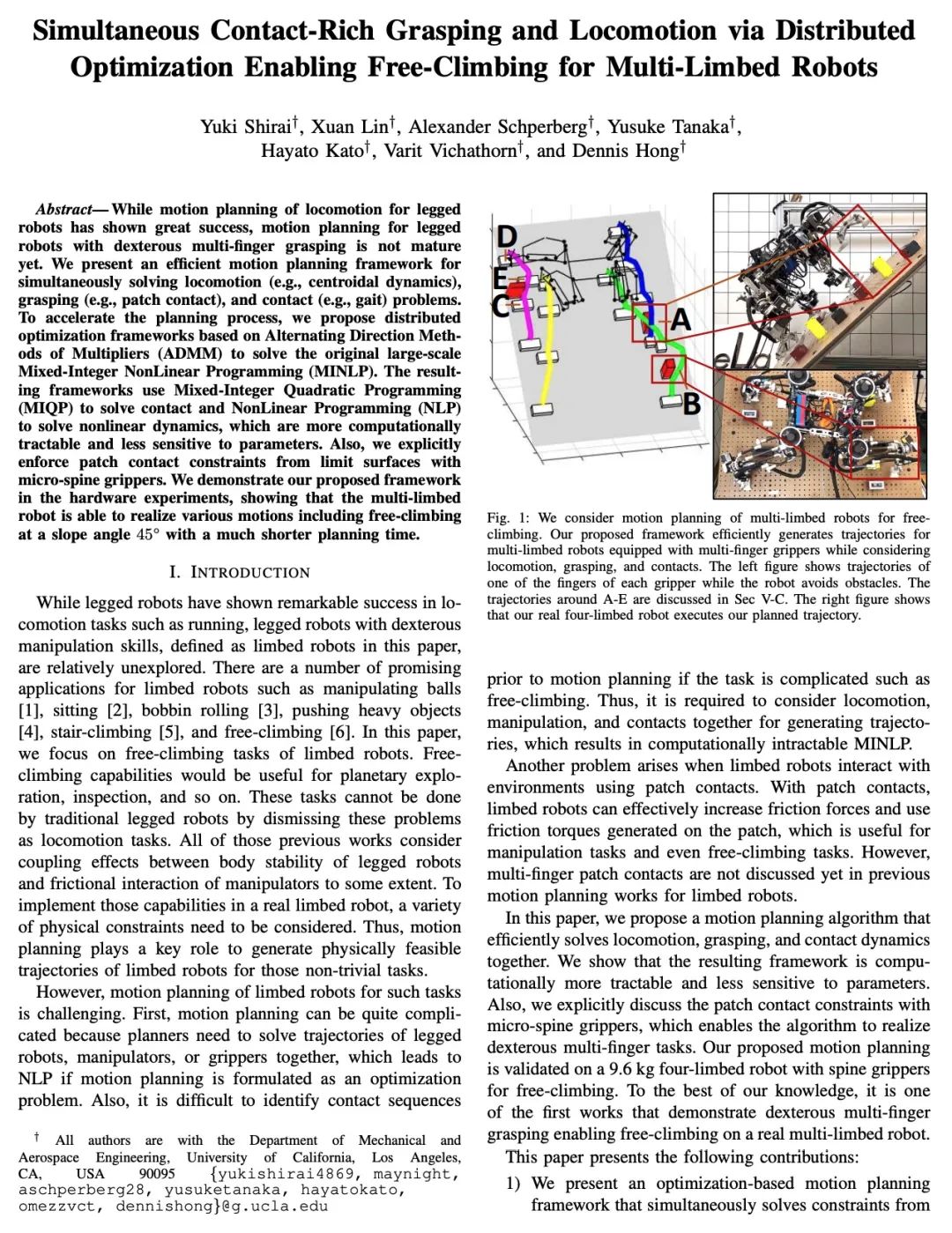
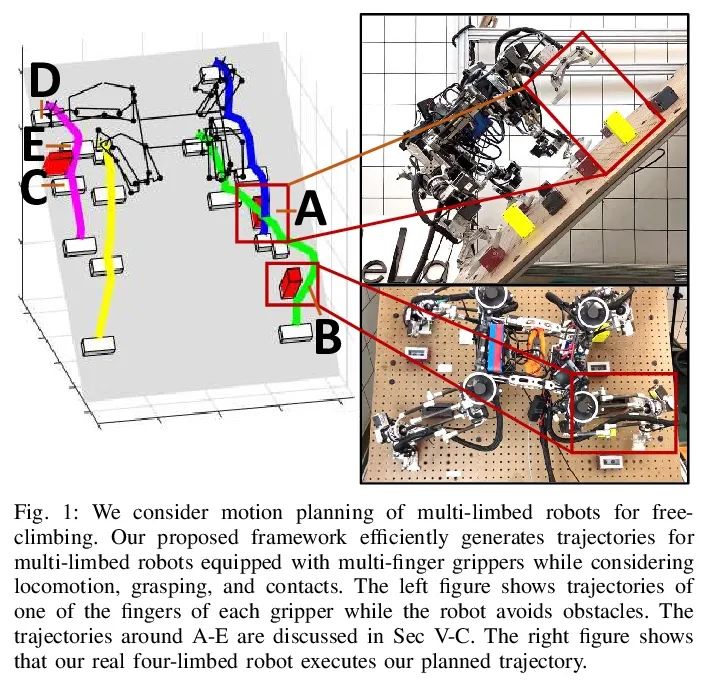


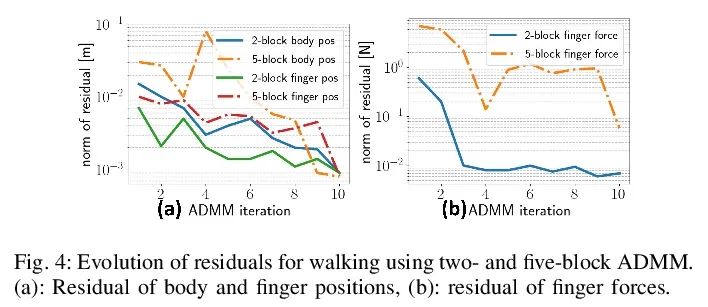
[RO] SCALER: A Tough Versatile Quadruped Free-Climber Robot
SCALER:堅固多功能四足自由攀爬機器人
Y Tanaka, Y Shirai, X Lin, A Schperberg, H Kato, A Swerdlow, N Kumagai, D Hong
[University of California, Los Angeles]
https://arxiv.org/abs/2207.01180
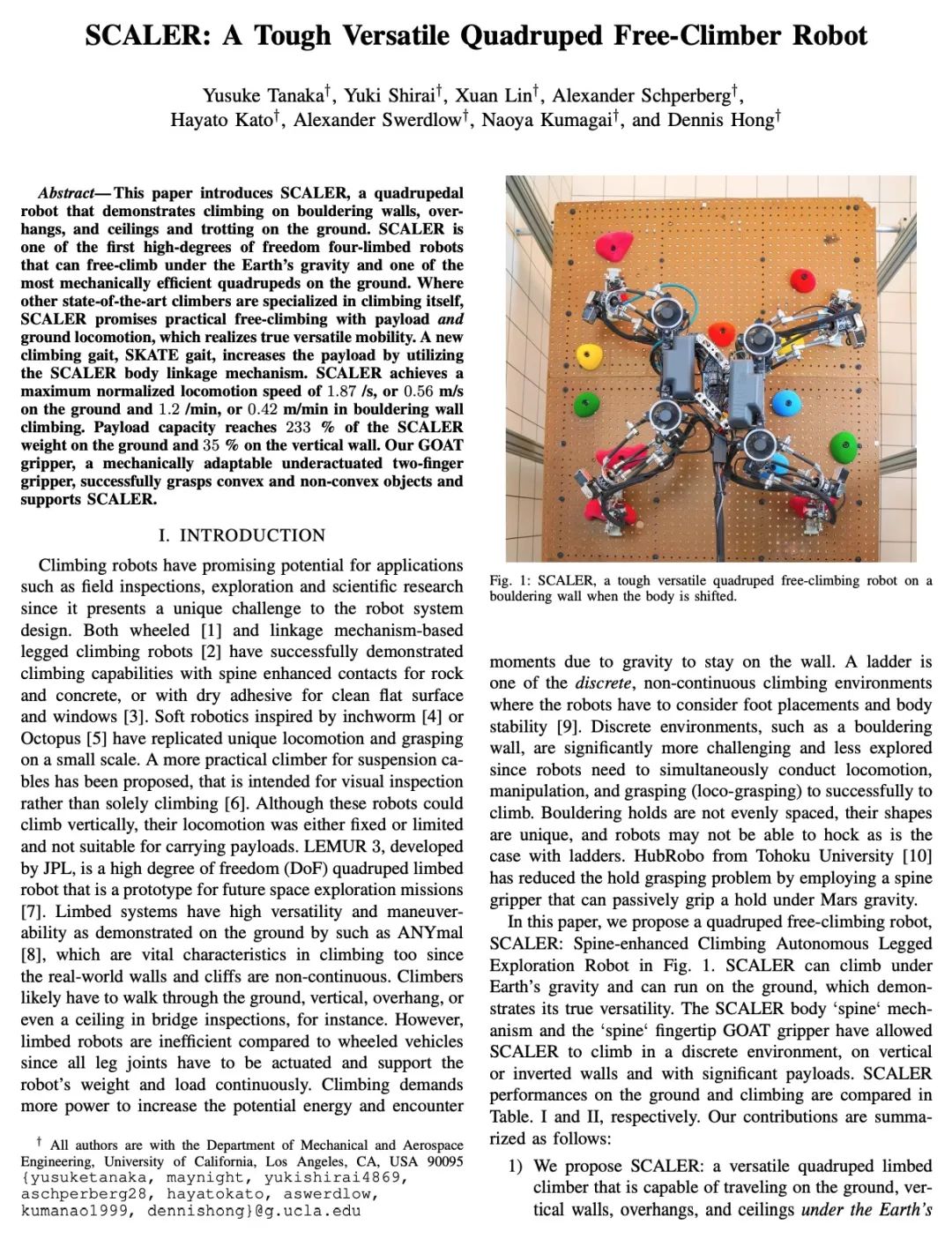
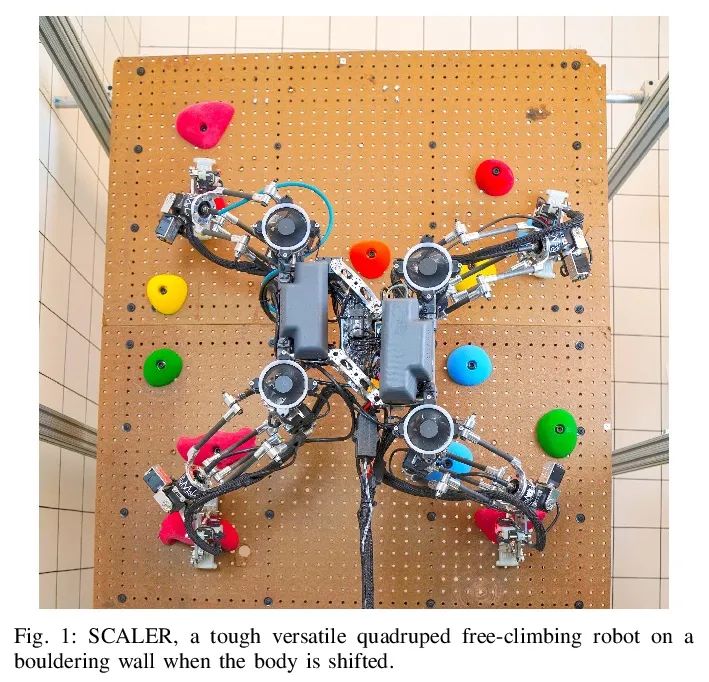
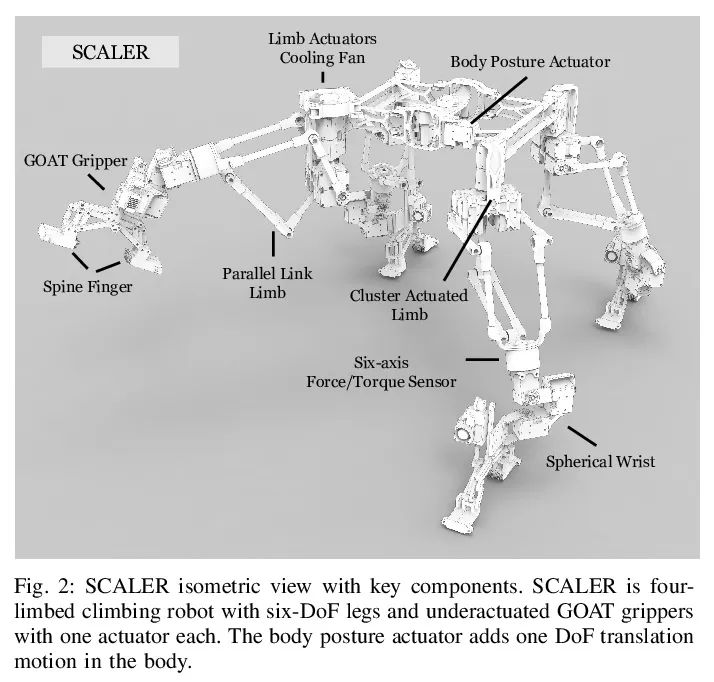

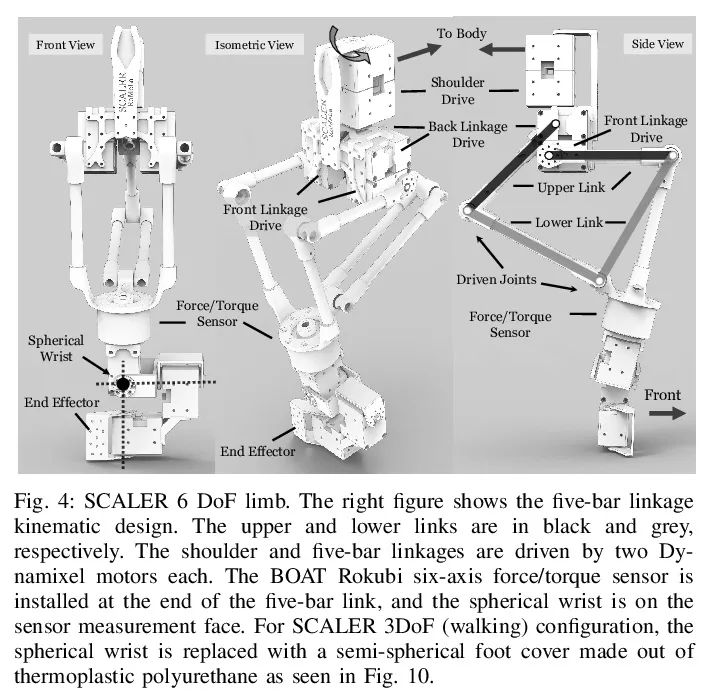
[CV] LaTeRF: Label and Text Driven Object Radiance Fields
LaTeRF:標簽和文本驅動的對象輻射場
A Mirzaei, Y Kant, J Kelly, I Gilitschenski
[University of Toronto]
https://arxiv.org/abs/2207.01583

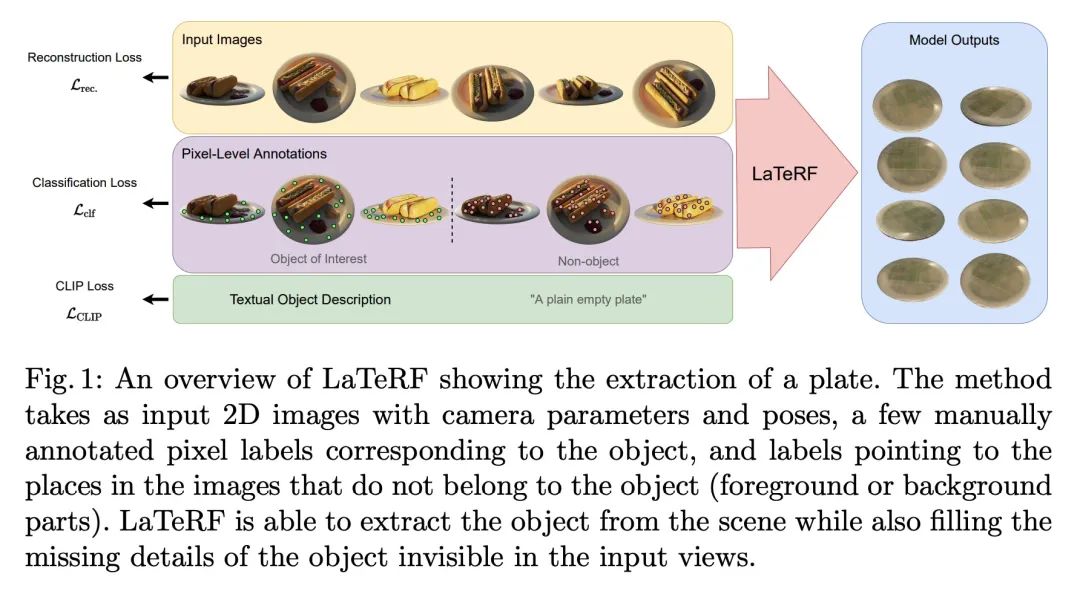

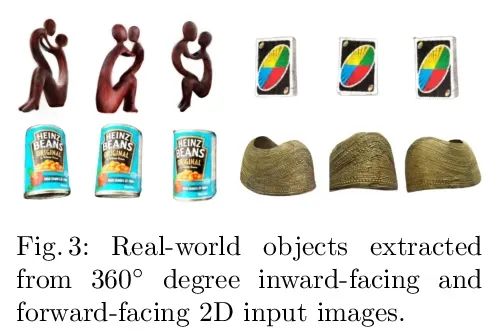

边栏推荐
- [200 opencv routines] 220 Mosaic the image
- Hardware development notes (10): basic process of hardware development, making a USB to RS232 module (9): create ch340g/max232 package library sop-16 and associate principle primitive devices
- OAI 5G NR+USRP B210安装搭建
- 自定义限流注解
- OAI 5g nr+usrp b210 installation and construction
- [MySQL] trigger
- Core principles of video games
- Math symbols in lists
- APS taps home appliance industry into new growth points
- 使用.Net驱动Jetson Nano的OLED显示屏
猜你喜欢
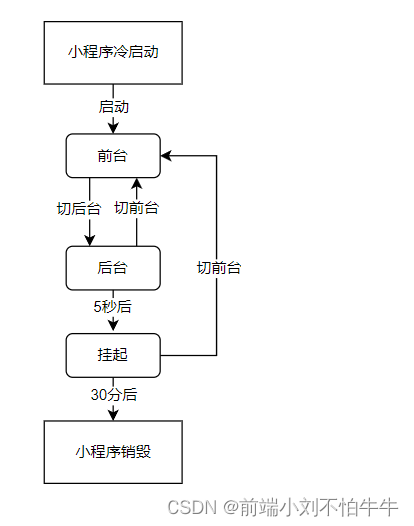
【微信小程序】運行機制和更新機制
![[weekly pit] calculate the sum of primes within 100 + [answer] output triangle](/img/d8/a367c26b51d9dbaf53bf4fe2a13917.png)
[weekly pit] calculate the sum of primes within 100 + [answer] output triangle

OAI 5G NR+USRP B210安装搭建
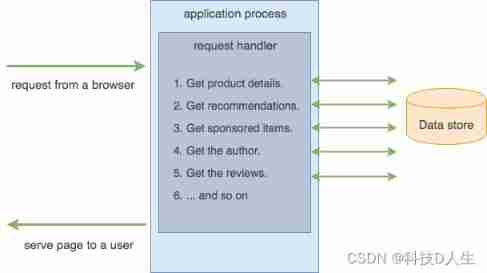
Kubernetes learning summary (20) -- what is the relationship between kubernetes and microservices and containers?

The biggest pain point of traffic management - the resource utilization rate cannot go up

1500萬員工輕松管理,雲原生數據庫GaussDB讓HR辦公更高效
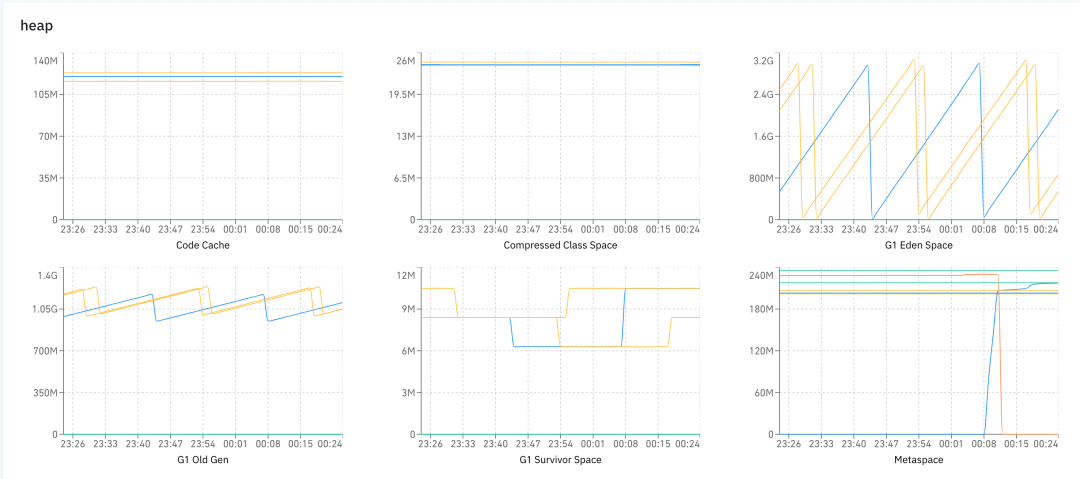
监控界的最强王者,没有之一!
![[DSP] [Part 2] understand c6678 and create project](/img/06/54b1cf1f5b3308fffb4f84dcf7db9b.png)
[DSP] [Part 2] understand c6678 and create project
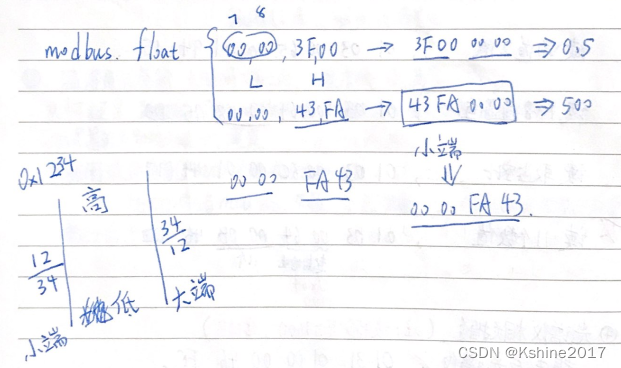
(work record) March 11, 2020 to March 15, 2021

Spark SQL chasing Wife Series (initial understanding)
随机推荐
强化学习-学习笔记5 | AlphaGo
Common doubts about the introduction of APS by enterprises
华为设备命令
How to turn a multi digit number into a digital list
Data Lake (VIII): Iceberg data storage format
use. Net analysis Net talent challenge participation
Performance test process and plan
What is the problem with the SQL group by statement
2022 portal crane driver registration examination and portal crane driver examination materials
Hardware development notes (10): basic process of hardware development, making a USB to RS232 module (9): create ch340g/max232 package library sop-16 and associate principle primitive devices
Solution to the 38th weekly match of acwing
Distributed ID
It's almost the new year, and my heart is lazy
Activiti global process monitors activitieventlistener to monitor different types of events, which is very convenient without configuring task monitoring in acitivit
Variable star --- article module (1)
C language games - three chess
Why do novices often fail to answer questions in the programming community, and even get ridiculed?
[weekly pit] calculate the sum of primes within 100 + [answer] output triangle
C language operators
数据湖(八):Iceberg数据存储格式